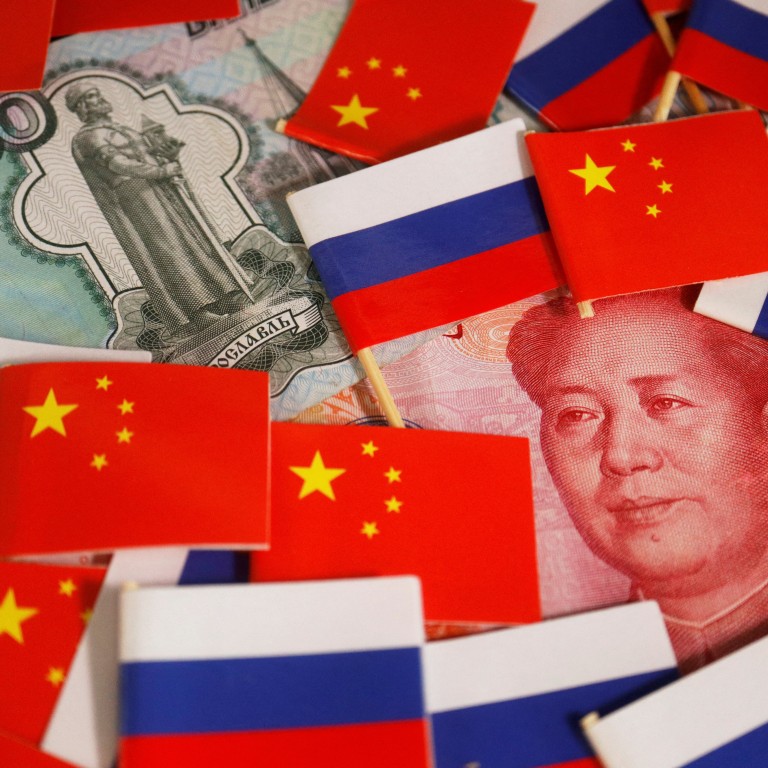
For the first time since it invaded Ukraine, Russia is expected to start buying Chinese yuan again to replenish its foreign reserves
- Russia is likely to start buying Chinese yuan to replenish its FX reserves as soon as May 2023, per Bloomberg Economics
- Move indicates Western sanctions and a G7-led price cap on Russian crude aren’t enough to curb Russia’s energy revenues
The volumes of FX purchases will be small initially, but highly symbolic as they will show that the country instead of eating through reserves is building them
Russia resumed its currency intervention programme again in January 2023, starting with the yuan. Russia’s impending purchase of the Chinese currency would mark a reversal of its yuan sales from its reserves to cover its budget deficit – which hit US$29 billion in the first quarter of 2023. The country has been cutting yuan sales since February, per Bloomberg Economics.
“The volumes of FX purchases will be small initially, but highly symbolic as they will show that the country instead of eating through reserves is building them,” said Alexander Isakov, a Russia economist, at Bloomberg Economics.
How has Russia kept up energy revenues despite sanctions?
Russia, an energy giant, has managed to maintain its energy revenues even in the face of Western sanctions.
In large part, the Kremlin has accomplished this by forcing oil producers like Gazprom and Lukoil to pay more taxes, Bloomberg reported.
In April, the International Energy Agency said Moscow’s revenue was down about 43 per cent from a year ago. But oil prices have been getting support since early April due to production cuts from Opec and Russia. On the demand side, China’s economic reopening after nearly three years of on-off Covid-19 lockdowns is also expected to give support to prices.
US crude oil futures are down 5.8 per cent so far this year to around US$76 a barrel, but are up nearly 14 per cent from this year’s low of around US$67 a barrel. International Brent oil futures are down 7.6 per cent so far this year at around US$79.50 a barrel but are up 9 per cent from this year’s low.


